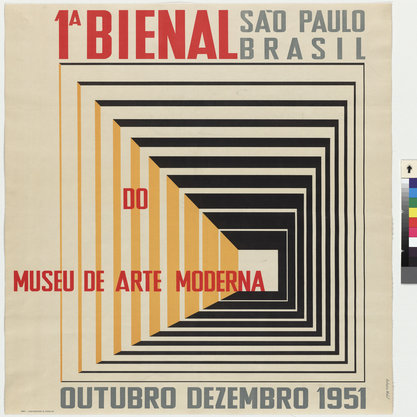Article
Vivas, Fruto (1928--) By d’Auria, Viviana
Article
A successful architect born in the Venezuelan Andes, Fruto Vivas received his training in Caracas during a period of booming modernization mid-20th-century. His approach to popular culture lay at the heart of his proposals for a national architecture based on Venezuelan Hispanic typologies, traditional techniques, and regional materials. As a result of such references critics have labelled his architecture “populist.”
From the 1960s onwards, Vivas applied these proposals to an architecture inspired by nature’s functional logic, from which two main theses arise: “structural types” or “boundary structures” and the idea of “living trees.” While the former analyzes the minimum dimensions and weights for structural elements consistent with self-construction for an “architecture of the masses,” the latter illustrates how houses can do without many devices for their conditioning and they can even be self-generative so as to guarantee the survival of their users.

